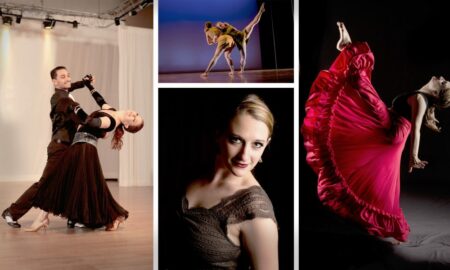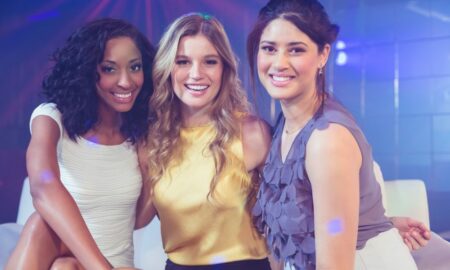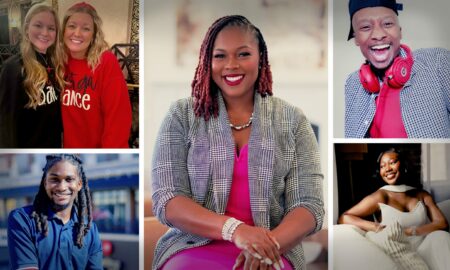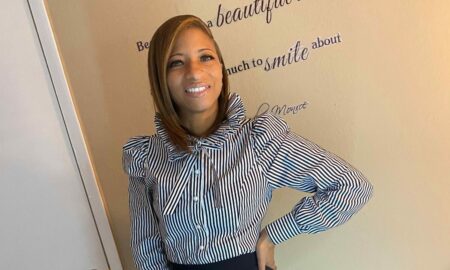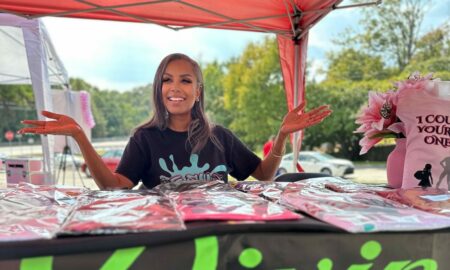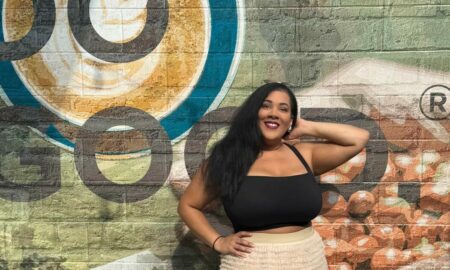Today we’d like to introduce you to Paulette Richards.
Paulette survived a ten-month stint in Senegal as a 2013/ 2014 Fulbright Scholar without contracting any tropical diseases, but sometime during her service as an artist in residence at the Institute français de Saint Louis, the puppet bug bit her hard. After returning to Atlanta she became a docent in the Worlds of Puppetry Museum at the Center for Puppetry Arts. When fellow members of Decatur Makers introduced her to Arduino microprocessors and stepper motors, she immediately thought of the animatronic dogs and Doozers in the Henson gallery at the museum and began designing her own automata/ rudimentary robots.
She has taught animatronic puppetry workshops at the Friends School of Atlanta, Decatur Makers, the Dekalb County Public Library, the Center for Puppetry Arts, and the Puppeteers of America 2017 National Festival. During the 2017/ 2018 academic year she worked as an Innovator in Residence at Hollis Innovation Academy. She is the co-curator with Dr. John Bell of the Living Objects: African American Puppetry exhibit that will open at the University of Connecticut’s Ballard Institute Museum in October 2018.
Please tell us about your art.
The way that we interact with robots and AI re-defines what it means to be human. Rather than recoil in horror, I feel it is critically important that people whose historical experience has been one of objectification as chattel slaves lend their perspectives to the design processes that shape these technological servants. In the popular mind robots are typically clanking machines or hyper-real androids that trigger the “uncanny valley” sensation – the cognitive dissonance resulting from subtle cues that the device or intelligence in question is not human. Puppets, in contrast invite audiences to affirm their own humanity by projecting it onto objects animated in performance. I therefore concentrate the value of inexpensive materials such as cardboard, papier maché, and recycled plastics to make and animate figures that positively represent a spectrum of human experience.
What do you think about conditions for artists today? Has life become easier or harder for artists in recent years? What can cities like ours do to encourage and help art and artists thrive?
Digital tools for creating work, presenting it to audiences, and even receiving patronage support offer many exciting new opportunities for artists. C4 Atlanta does an exceptional job of educating artists about these resources. State and local government should commit more long term to support to such organizations. I am especially excited about the emergence of organizations like Science Art Wonder that foster collaborations between artists and researchers as a means of engaging the general public in scientific discovery.
Overall, I think the most important thing cities can do to support the arts is make affordable housing widely available. The skyrocketing cost of housing in the Atlanta metro area makes it harder for artists to support living spaces let alone studio space. It requires them to devote more time to side jobs that don’t necessarily advance their creative practice. It also disrupts communities from which artists draw inspiration and an audience base.
How or where can people see your work? How can people support your work?
People can support my work by viewing it on-line and sharing the links. I am also available to present workshops on animatronic puppetry and cardboard construction techniques and producing digital narratives.
Limbé Dolls blog
http://limbedolls.blogspot.com/
Leon Damas’ refrain, “give me back my black dolls” expresses my longing for the African cultural heritage lost in the Middle Passage. I took the title of the blog I started in 2011 from Damas’ 1937 poem, “Limbé,” and hope to project positive images of people of color through the serious business of doll play. My desire to animate the figures I used in my videos led me to puppetry so more recent posts have explored the role of puppets as well as dolls in defining cultural identity:
My personal website includes a gallery of my puppets plus links to narrative and documentary videos I have produced:
http://ayamedia.wixsite.com/paulette-richards
My video work is available on my You Tube channels:
ayamedia
https://www.youtube.com/user/ayamedia
Limbedolls
https://www.youtube.com/user/Limbedolls
Soundtracks I have created for my videos by composing original works or arranging and performing folksongs are available on SoundCloud:
Ayamedia
https://soundcloud.com/user-37429842
Contact Info:
- Website: http://ayamedia.wixsite.com/paulette-richards
- Phone: (404)382-0257
- Email: paulette.richards3@gmail.com







 Image Credit:
Image Credit:
All images property of Paulette Richards.
Getting in touch: VoyageATL is built on recommendations from the community; it’s how we uncover hidden gems, so if you know someone who deserves recognition please let us know here.


